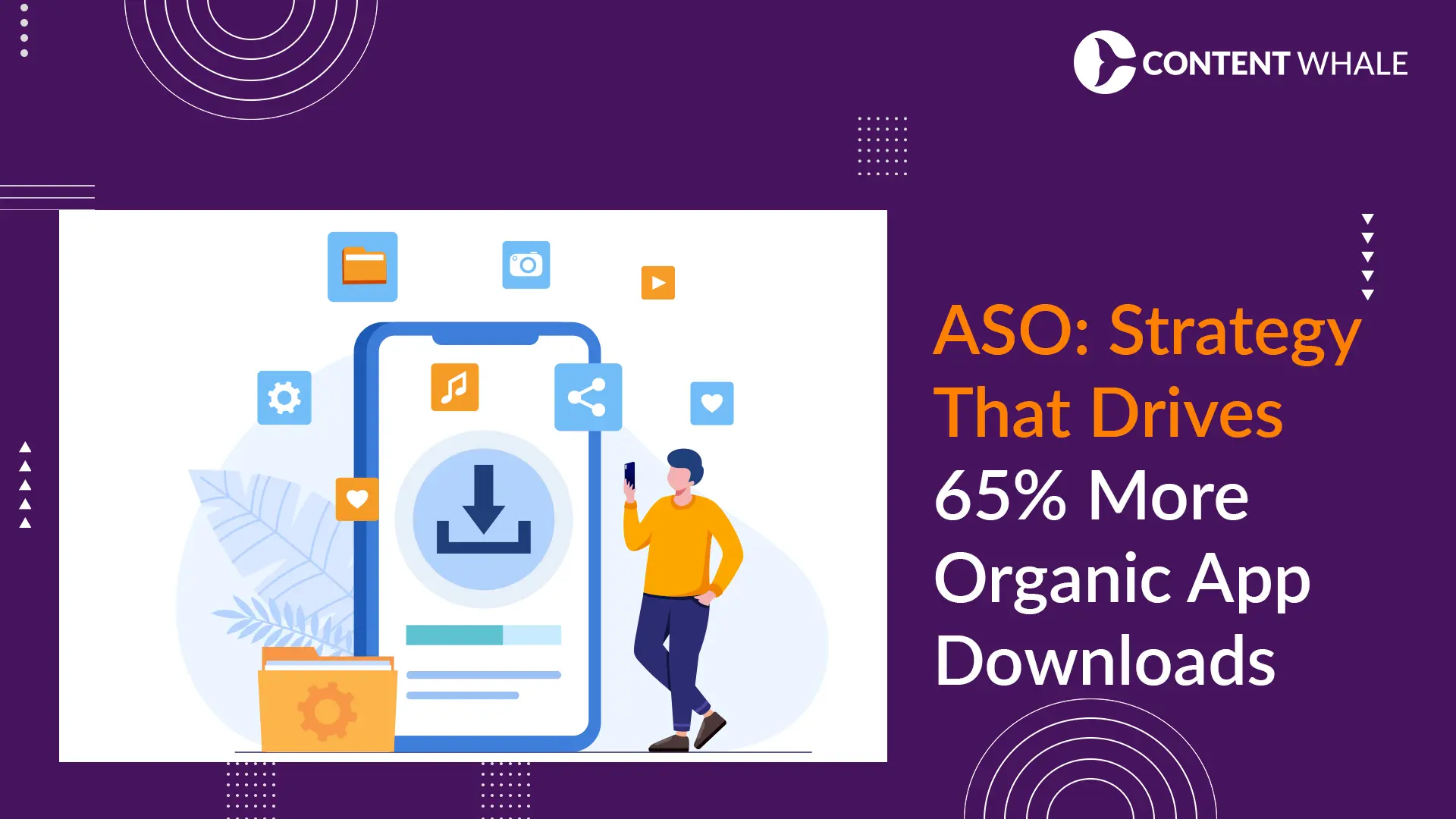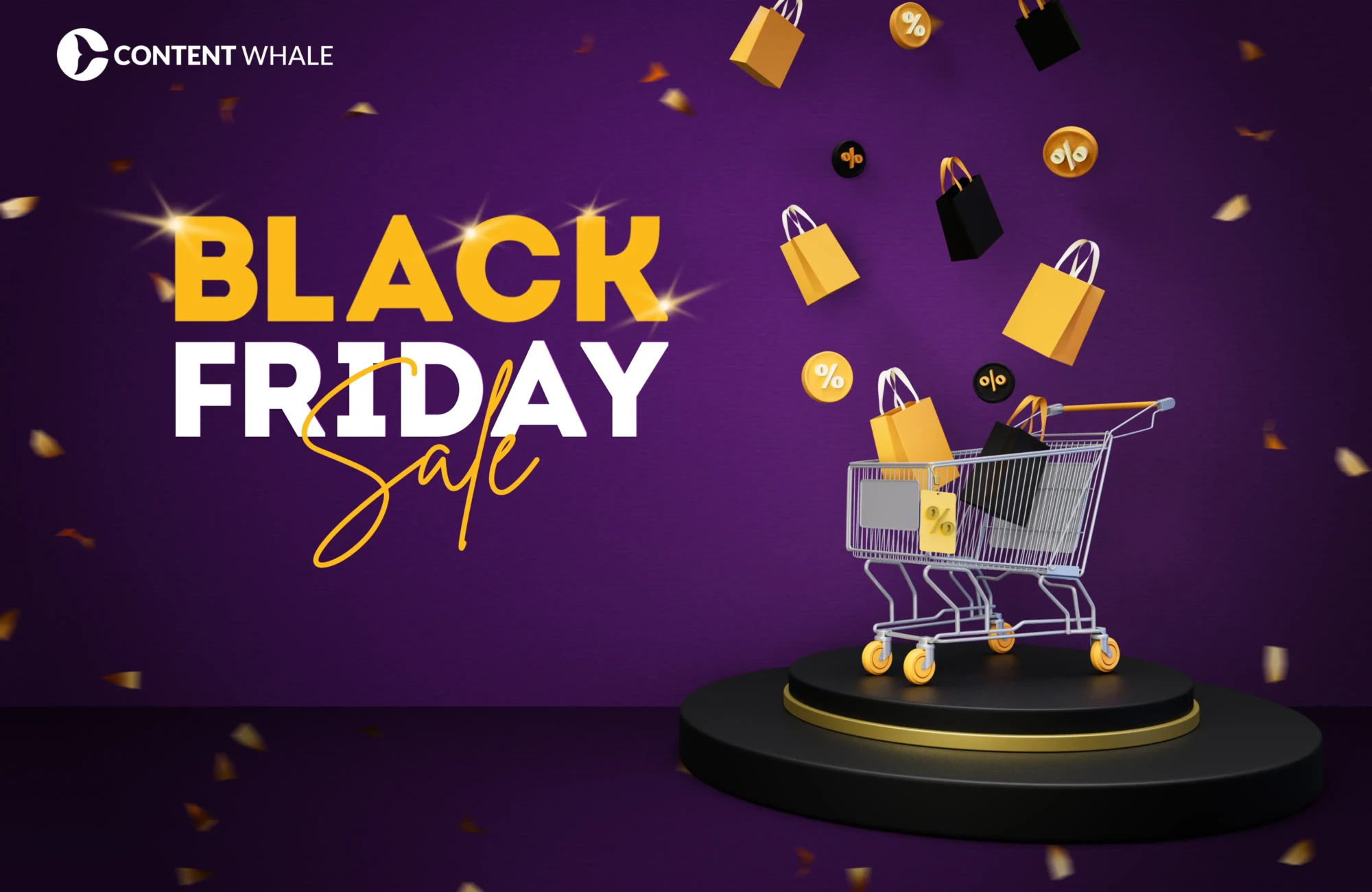Mobile apps generate over $420 billion in annual revenue, yet 63% of apps are discovered through app store searches (Source). Most apps fail because users never find them. Paid advertising costs continue rising, with the average cost per install reaching $4.44 for iOS apps (Source).
Here comes app store optimization that offers a cost-effective alternative that drives sustainable organic growth.
This guide will explain what ASO is, how to implement app store optimization correctly, and why it outperforms traditional paid acquisition for long-term app success.
What Is ASO?
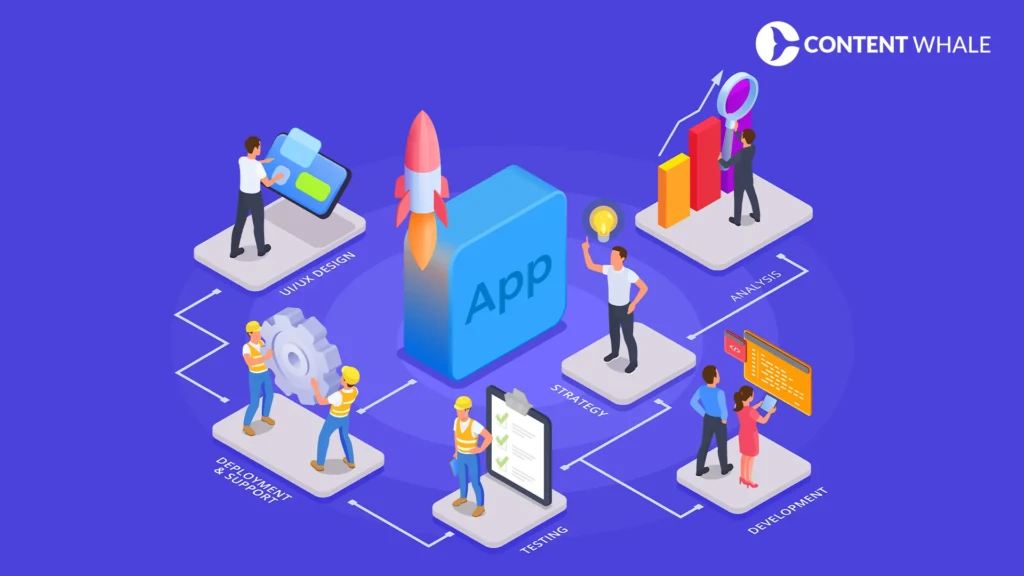
ASO is the practice of optimizing mobile apps to rank higher in app store search results. Higher rankings increase visibility, which directly impacts download volume. The process involves optimizing app metadata, monitoring performance metrics, and continuously testing variables to improve conversion rates.
App store optimization functions similarly to search engine optimization but focuses specifically on Apple App Store and Google Play Store algorithms. Both platforms use distinct ranking factors, requiring platform-specific optimization strategies.
The primary goal is maximizing organic discoverability. Research shows that 70% of mobile users actively search app stores before downloading (Source). Apps ranking in the top three search results capture 65% of all impressions (Source).
ASO differs from paid user acquisition by focusing on sustainable growth rather than temporary visibility. Once optimized, apps maintain rankings without ongoing advertising spend.
How ASO Works?
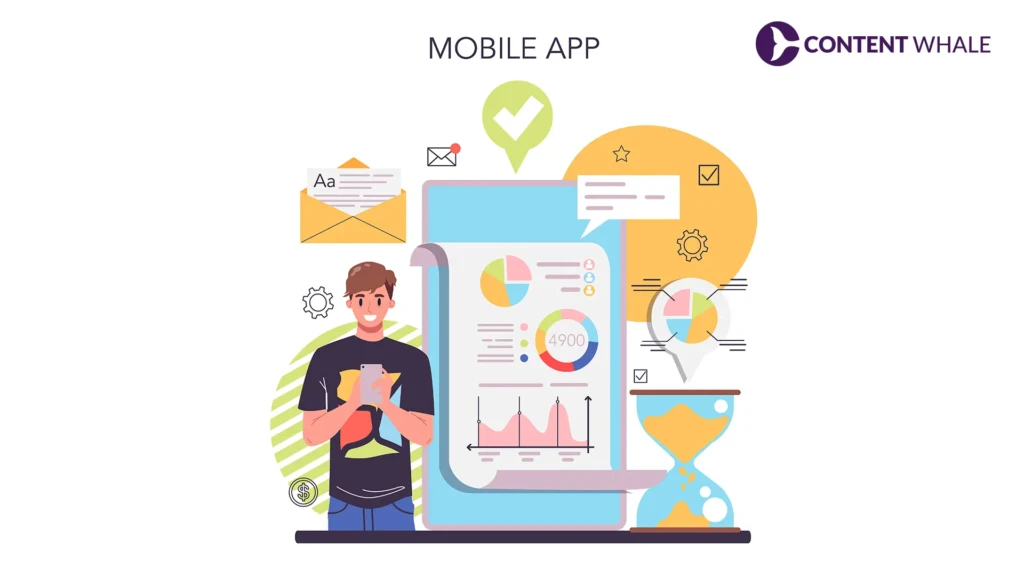
App store optimization requires understanding platform-specific algorithms and implementing targeted improvements across multiple ranking factors.
Key Ranking Factors
Apple and Google evaluate apps using different criteria, but several factors remain consistent across both platforms:
- App title and subtitle: Carry the most weight for keyword rankings. Apps with relevant keywords in titles see 10.3% higher search rankings than those without (Source). The title field allows 30 characters on iOS and 50 on Google Play.
- Keyword field optimization: Matters exclusively for iOS apps. Apple provides a 100-character keyword field where developers list relevant search terms. Strategic keyword selection in this field can improve rankings for dozens of related searches.
- App description: Influences rankings on Google Play more than iOS. Google indexes the entire description for search relevance, while Apple only uses it for conversion optimization after users find the app through other ranking signals.
Download velocity measures how quickly an app accumulates downloads within specific timeframes. Apps with 100+ daily downloads rank significantly higher than those with sporadic download patterns (Source).
User ratings and reviews directly impact both rankings and conversion rates. Apps maintaining a 4.0+ star rating see 89% higher conversion rates from impressions to installs (Source). Response rate to reviews also signals app quality to algorithms.
Retention metrics track how many users keep apps installed after downloading. Apple and Google monitor 1-day, 7-day, and 30-day retention rates. Apps with retention rates above 25% at 30 days receive ranking boosts (Source).
Optimization Process
Effective ASO follows a systematic approach starting with comprehensive keyword research.
- Keyword research identifies search terms users actually type into app stores. The goal is to find high-volume, low-competition terms that match app functionality.
- Competitor analysis reveals which keywords competitors rank for and their metadata strategies. Analyzing top-ranking apps provides insights into effective positioning and untapped opportunities.
- Metadata optimization implements keywords strategically across the title, subtitle, keyword field, and description. App store optimization services test multiple metadata variations to identify optimal configurations.
- Visual asset testing improves conversion rates through A/B testing of icons, screenshots, and preview videos. Small changes in visual presentation can increase conversion rates by 20-30% (Source).
- Localization expands reach by translating metadata and visuals for different languages. Apps localized for 10+ languages see 128% more downloads than English-only versions (Source).
- Review management involves responding to user feedback and addressing negative reviews. Active management improves ratings over time and signals app quality to algorithms.
- Performance monitoring tracks rankings, impressions, conversion rates, and downloads daily. ASO requires continuous monitoring because algorithms update frequently and competitor activities affect relative rankings.
Benefits of ASO
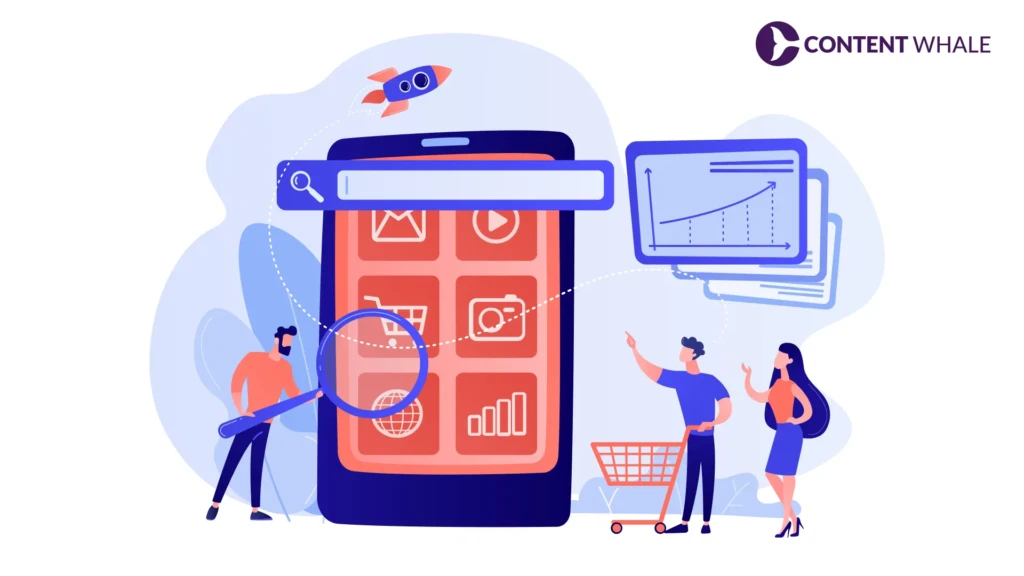
App store optimization delivers measurable advantages across acquisition costs, user quality, and long-term growth sustainability:
- Reduced acquisition costs: Organic installs through ASO cost $0 compared to $4.44 average cost per install for paid campaigns (Source). Apps investing in ASO reduce customer acquisition costs by 50% within six months (Source).
- Higher quality users: Come from organic search because users actively seek specific solutions. Research indicates that organic users demonstrate 30% higher lifetime value than paid users (Source). These users convert at higher rates and maintain longer retention periods.
- Sustainable growth: Continues without ongoing spend. Unlike paid advertising that stops generating results when budgets deplete, ASO compounds over time. Well-optimized apps maintain top rankings for years with minimal ongoing maintenance.
Improved conversion rates result from optimized visual assets and compelling descriptions. Apps that test and optimize conversion elements see 25-35% improvements in install rates from impressions (Source).
Market insights emerge from ASO data analysis. Monitoring which keywords drive downloads reveals user needs and market trends. This intelligence informs product development and marketing strategy beyond just app store presence.
Competitive advantage grows as ASO efforts compound. Most apps neglect proper optimization, creating opportunities for well-optimized apps to dominate category rankings and capture the majority market share.
Global reach expands through localization efforts. International markets represent 65% of app store revenue, but most apps only optimize for English-speaking markets (Source).
ASO vs Traditional App Marketing
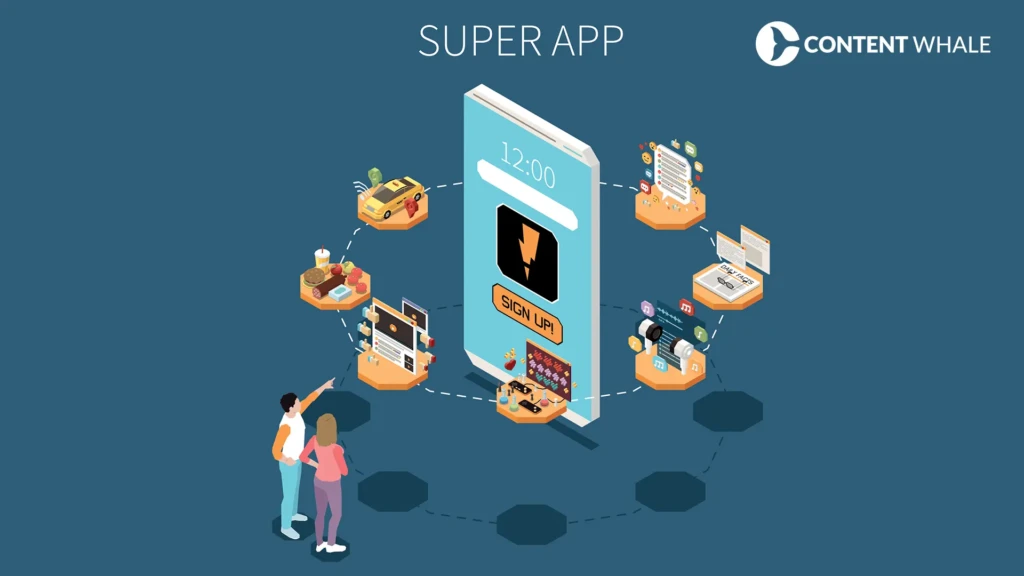
Comparing app store optimization to traditional paid marketing reveals distinct advantages and use cases for each approach.
Cost structure differs fundamentally. Traditional marketing requires continuous advertising spend across channels like social media, display networks, and influencer partnerships. ASO demands upfront investment in optimization but generates ongoing returns without additional spend. Apps typically achieve ROI on ASO investments within 90 days (Source).
User intent separates organic from paid users. Traditional marketing interrupts users during other activities, while app store optimization captures users actively searching for solutions. This intent difference explains why organic users convert 40% better than paid users (Source).
Scalability limitations affect both approaches differently. Paid marketing scales with budget increases but faces diminishing returns as audience saturation occurs. ASO scales through keyword expansion and localization, but faces constraints from finite app store search volume.
Measurability provides clearer attribution for ASO than traditional marketing. App stores provide direct data on which keywords drive downloads, while traditional marketing struggles with multi-touch attribution across various channels.
Time to results favors traditional marketing for immediate impact. Paid campaigns generate downloads within hours, while ASO typically requires 4-6 weeks to show significant ranking improvements (Source). However, ASO results persist long-term while paid results disappear immediately after stopping campaigns.
Brand building remains stronger through traditional marketing channels. Paid campaigns increase brand awareness across wider audiences, while ASO only reaches users already searching related terms.
Competitive dynamics create different challenges. Traditional marketing costs increase as more competitors bid for the same advertising inventory. App store optimization becomes more competitive as more apps optimize properly, but overall competition levels remain lower than paid channels.
An optimal strategy combines both approaches. New apps benefit from initial paid campaigns to generate download velocity that improves ASO rankings. Established apps rely primarily on ASO for sustainable growth while using paid marketing for seasonal promotions or new feature launches.
Research comparing acquisition channels found that apps using ASO alongside paid marketing achieve 86% lower blended customer acquisition costs than apps relying solely on paid channels (Source).
How Content Whale Can Help?
Content Whale provides comprehensive app store optimization services that drive measurable ranking improvements and organic download growth. Our ASO specialists conduct thorough keyword research, optimize metadata elements, and test visual assets to maximize conversion rates. We identify high-opportunity keywords your competitors miss and implement platform-specific best practices.
Our team provides localization services for 25+ languages, ensuring natural phrasing that resonates with local users while maintaining keyword relevance. Performance reporting includes weekly dashboards showing ranking movements, impression growth, and organic download volumes. App store optimization services from Content Whale deliver an average 120% increase in organic downloads within 90 days of implementation.
Conclusion
ASO represents the most cost-effective strategy for sustainable app growth. By optimizing for discoverability and conversion within app stores, developers access 70% of potential users who discover apps through search. The process requires technical expertise in platform algorithms, creative skills for visual optimization, and analytical capabilities for continuous improvement.
Apps that implement comprehensive app store optimization strategies reduce customer acquisition costs by 50% while attracting higher-quality users who convert better and maintain longer retention periods. Unlike paid advertising that requires ongoing spend, ASO generates compounding returns over time.
Ready to increase your organic downloads and reduce acquisition costs? Contact Content Whale today for a free ASO audit and custom optimization strategy tailored to your app category and target markets.
Frequently Asked Questions
1. What is the difference between ASO and SEO?
ASO optimizes apps for app store search algorithms, while SEO optimizes websites for search engines like Google. App store optimization focuses on fewer ranking factors, including metadata, downloads, and ratings. Both require keyword research and conversion optimization, but target different platforms with distinct algorithms and user behaviors.
2. How long does ASO take to show results?
Initial ranking improvements typically appear within 4-6 weeks of implementing metadata optimizations. Significant organic download increases usually manifest after 8-12 weeks as rankings stabilize and conversion optimizations take effect. Competitive keywords may require 3-6 months of consistent ASO before achieving top positions.
3. Can I do ASO myself, or do I need app store optimization services?
Basic ASO is manageable independently using free keyword research tools and platform guidelines. However, professional app store optimization services deliver better results through proprietary tools, A/B testing capabilities, competitive intelligence, and expertise in platform algorithm changes that most developers lack the time to master.
4. What ASO metrics should I track?
Monitor keyword rankings, total impressions, conversion rate from impressions to downloads, organic download volume, ratings and review velocity, and retention rates. Secondary metrics include click-through rate from search results, competitor ranking changes, and performance variations across different countries and device types for comprehensive optimization insights.
5. How much does ASO cost compared to paid advertising?
App store optimization typically requires $2,000-$10,000 initial investment for professional optimization, then $500-$2,000 monthly for ongoing management. This generates ongoing organic downloads without per-install costs. Paid advertising costs $3-$10 per install continuously. Most apps achieve ASO ROI within 90 days through reduced acquisition costs.
6. Do ratings and reviews really affect ASO rankings?
Yes, significantly. Both Apple and Google use ratings as direct ranking factors. Apps maintaining 4.0+ star ratings rank higher and convert better. Review velocity also matters—apps receiving consistent recent reviews signal active user engagement to algorithms. Responding to reviews improves ratings over time and shows algorithm-monitored developer engagement.
7. Should I optimize for iOS or Android first?
Optimize for the platform generating more revenue or downloads for your app category. iOS typically delivers higher revenue per user, but Android has a larger global market share. Most apps optimize both simultaneously since app store optimization processes differ substantially between platforms with distinct algorithms, metadata fields, and ranking factors.
8. How often should I update my ASO strategy?
Review keyword rankings and conversion metrics weekly. Update metadata quarterly or when launching major features. Test new visual assets monthly. Respond to reviews within 48 hours. Conduct a comprehensive competitive analysis every six months. Algorithm changes require immediate strategy adjustments when announced by Apple or Google.
